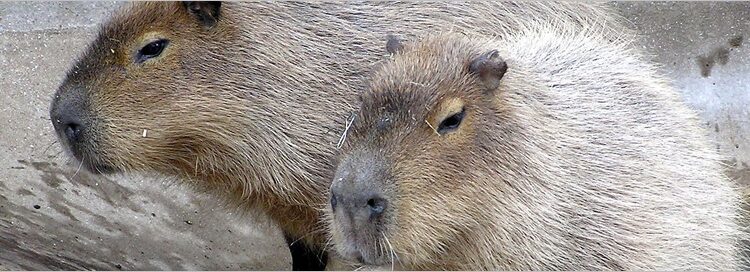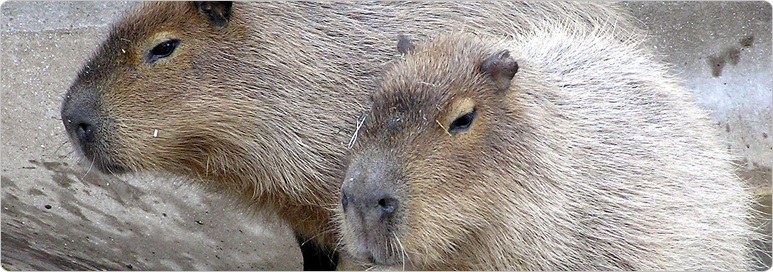
Capybara
Looking for a Profession Exterminator in the Baltimore & DC Area?
Your Information Is Safe With Us. Accuate Pest Control will never sell, rent, share or distribute your personal details with anyone.
SATISFACTION GUARANTEE
We believe in the quality of our work. That’s why we proudly offer 100% Satisfaction Guarantee on our Residential Pest Control, Cockroach Control, Scorpion Control, Termite Control, Rodent Control and Weed Control Services. If you are not happy with the results, we will provide additional service with no extra charge until you are completely satisfied. Otherwise, you can request for a 100% refund or credit back to your account.
Re-service Guarantee
We guarantee to re-service your home or business for free, if pest problems return between our scheduled visits.
Price Guarantee
We offer a 2-Year Price Lock Guarantee which means that you don’t have to worry about increasing pest control rates for a minimum of two years.
Pest Control Guarantee
We guarantee to remove all covered pests on the interior and exterior of your property through our high-quality pest control service
Capybara

Characteristics
The Capybara is known to be the largest rodent in existence. It weighs from 72 3/4 to 158 73/100 lbs and has a length of about 1/2 inch. This animal has a fat and heavy appearance, has a short head and muzzle and has no tail. The fur is pale to dark brown, but with a shade of yellow, red or brown that can easily dry off once it is on land. It has a hoof-like claws and short, sturdy limbs that is used when walking on slippery banks or when swimming. Its eyes, ears, nose are all positioned on the top of its head so that it can still see, hear and smell while in the water.

Habitat
These cockroaches prefer to live in caves, forests, and may also be seen infesting homes.
Capybaras are found in Central and South America. They live in grassy plains, rainforests, and in densely vegetated areas that are close to water.

Behavior
Capybaras are social animals that prefer to live in groups. Their population may just be a simple three members to a growing number of 30 individuals. It is difficult to find a capybara alone since this will mean that the capybara becomes excluded from any group. A capybara living alone may not have a chance to mate or even live longer.
They live within their territories that they have to defend and maintain from the other herds. They follow a dominant male, which will also be the father of most of the young ones. They are susceptible to heat stress because of their size and weight, which is why they also stay in the water most of the day and may come out at the end of the day because the sun’s heat is already gone.
Food
Capybaras are herbivorous. They prefer grass and aquatic plants, but they can also feed on fruits, and sometimes may feed on the soft tree bark.
Life Cycle
Capybaras live in herds that follow a dominant male. They can breed all year round, but it may peak during the rainy season. When a female begins her estrus cycle, the dominant male will try to be the only rodent to breed with the females. However, in large herds, this can be difficult. A female capybara may mate with the dominant male, while also mating with subordinate males.
After 150 days, the female may have 2 to 8 youngs per litter. Young capybaras are precocial. They will be able to stand and walk, right after birth. After a week, they are able to eat grass, although they will still be weaned until their third month. The herd usually follows a cooperative parenting where other mothers will help in feeding the young capybaras and protecting them against predators.
Other Information and Tips
Capybaras and humans have long lived together without annoyance. However, there is a decline in the population of this animal. They are still not part of being endangered, but recent studies indicate that their population has grown smaller. This is due to being hunted down by people, the loss of their natural habitat, and the increase of pollution in the water that makes it more and more unsafe for these creatures. Capybaras may be considered pests when they enter crop fields to get their desired vegetables, roods and flowers. But, in their natural habitat, the capybaras are amazing rodents that should just be left alone
If you would like to get in contact with us, you can give us a call
